Facts about famous historical myths that turned out to be true
Myths and history often intersect, creating a tapestry of stories that blend fact with fiction. These tales have been passed down through generations, sometimes becoming more legend than truth.
While they entertain, they also challenge us to seek the reality behind the myths. From ancient cities to legendary heroes, the stories we cherish are rooted in history, even if the lines have blurred over time. Let’s explore the fascinating realm where myth meets reality.
George Washington and the Cherry Tree Legend
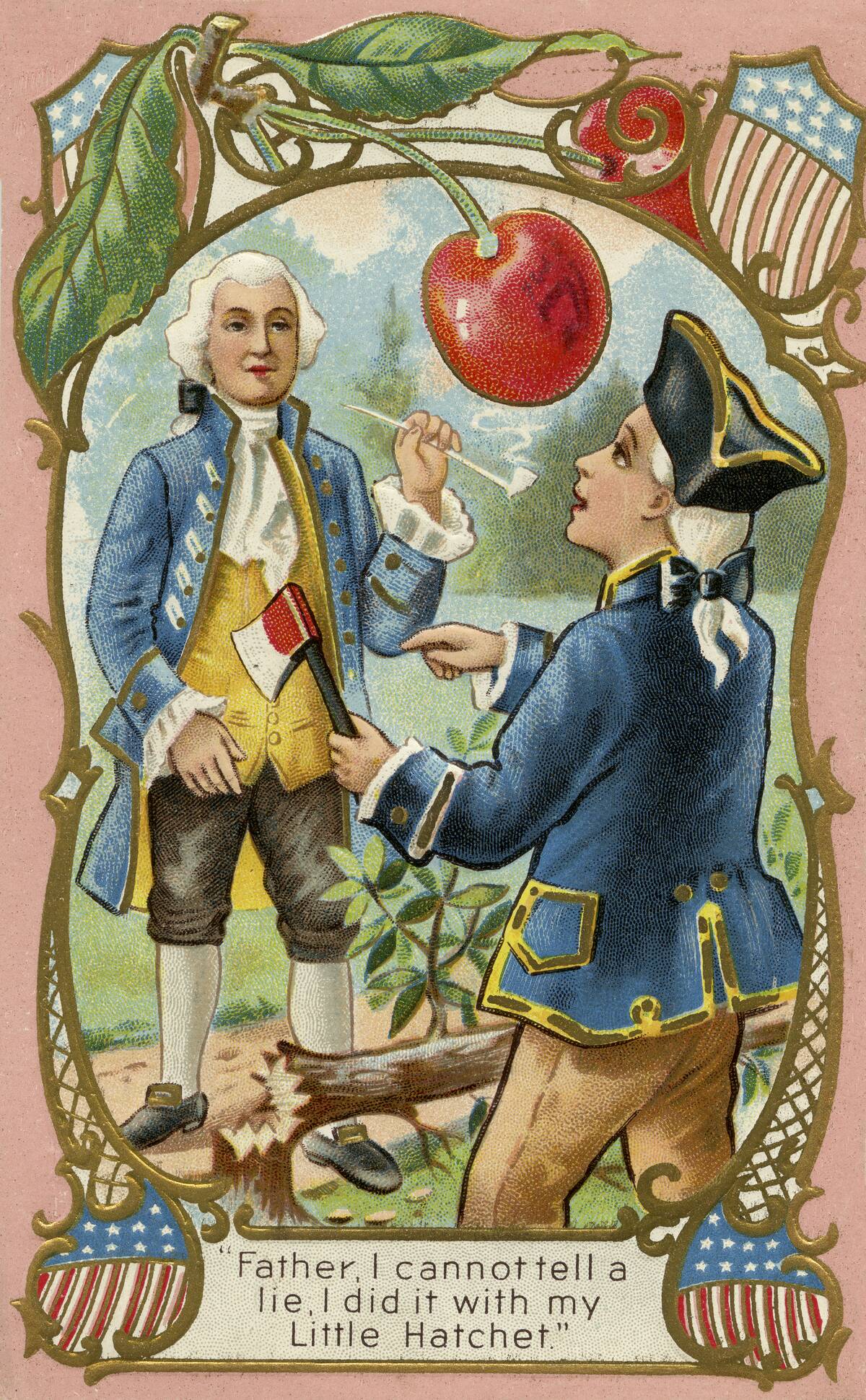
The story of young George Washington confessing to cutting down a cherry tree with the words, “I cannot tell a lie,” is a cherished American legend. However, this tale is more myth than fact.
It was created by Parson Weems, Washington’s biographer, to illustrate the future president’s honesty. While Washington was indeed known for his integrity, there’s no evidence this event ever occurred, showcasing how myths can shape the legacy of historical figures.
The Tale of Catherine the Great and Her Equine Companion
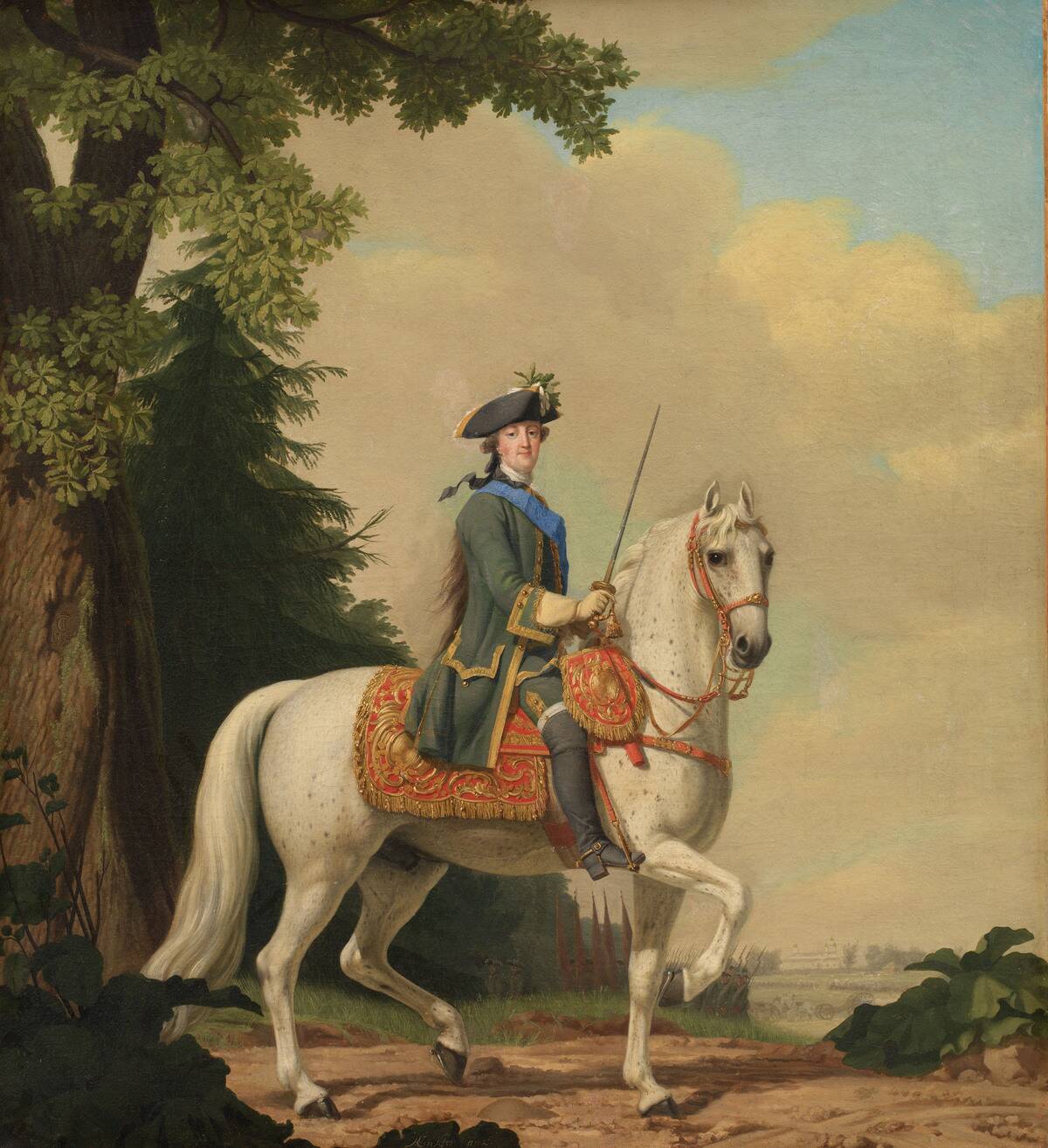
The story of Catherine the Great’s untimely death involving a horse is a notorious myth with no basis in reality. Catherine died of a stroke, but sensational rumors spread to discredit her rule. This tale highlights how powerful figures in history are often subject to scandalous myths.
Despite these rumors, Catherine remains one of Russia’s most successful rulers, known for her expansion of the Russian Empire and modernization efforts, rather than equestrian mishaps.
The Mythical City of Troy: More Than Just a Legend
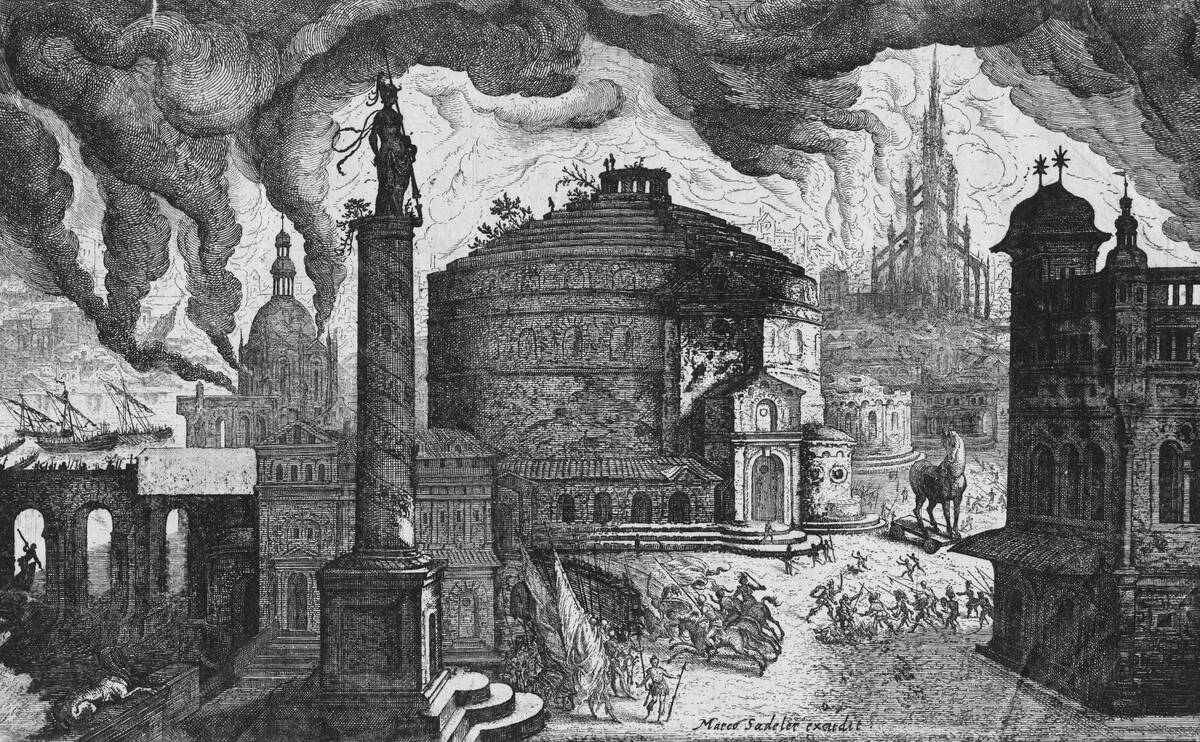
The city of Troy, once thought to be purely mythological, was discovered by archaeologist Heinrich Schliemann in the 19th century. Located in modern-day Turkey, the ruins reveal layers of settlements dating back to the Bronze Age.
This discovery lent credence to Homer’s epic tales, suggesting they were based on historical events. The blend of myth and archaeology makes Troy a fascinating case of how stories can hold kernels of truth across millennia.
The Legend of King Arthur: Fact Behind the Fiction
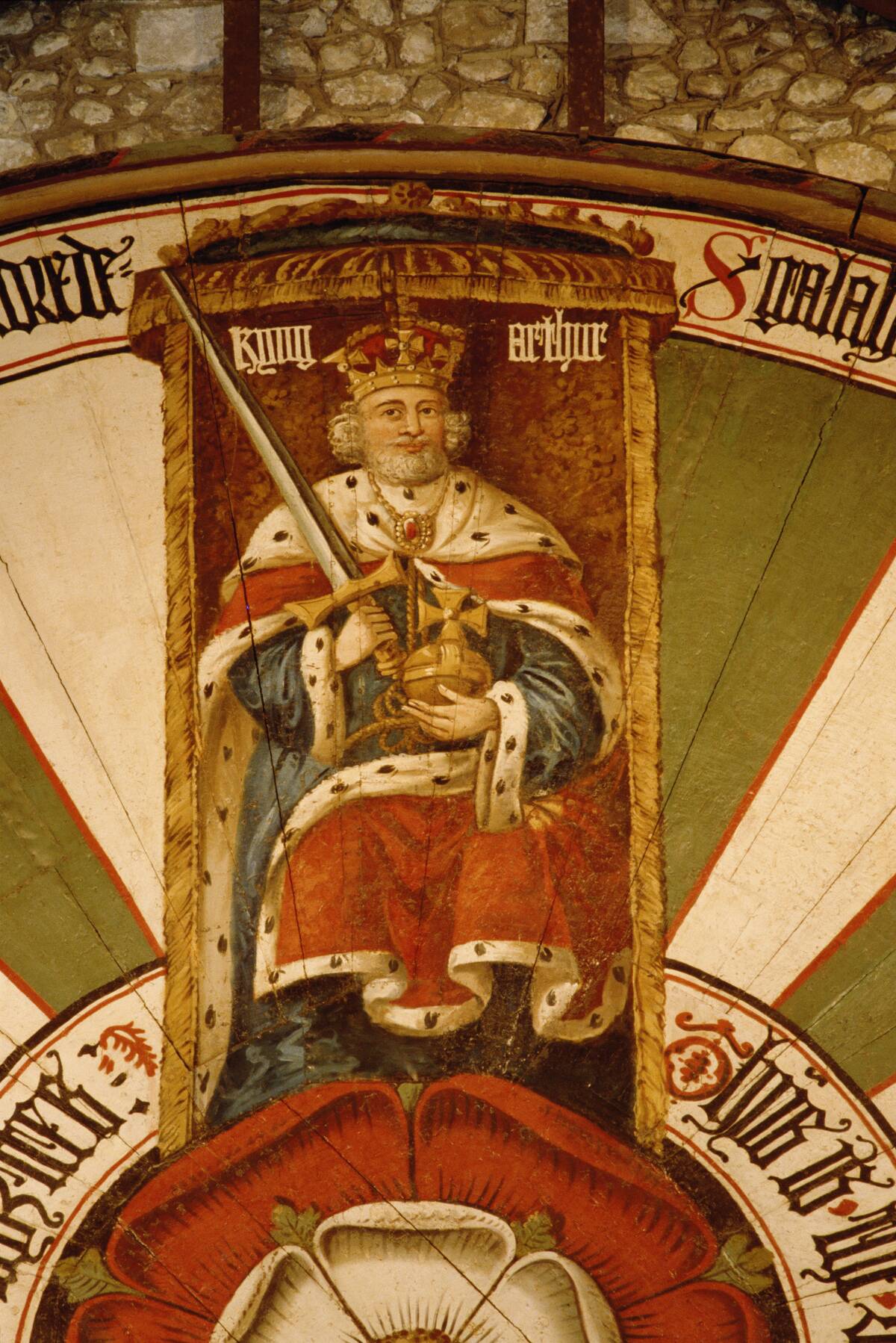
King Arthur is a legendary figure whose existence is debated among historians. While tales of Arthur’s knights and the Round Table are captivating, there’s scant evidence of his historical presence.
Some scholars suggest Arthur may have been a composite of several leaders from post-Roman Britain. Despite the lack of concrete proof, Arthur’s legend continues to inspire, showing how storytelling can transform historical ambiguity into enduring myth.
The Lost City of Atlantis: Mythical or Historical?

Plato’s accounts of Atlantis describe a powerful civilization lost to the sea, sparking centuries of intrigue. While many have searched for its remains, Atlantis remains undiscovered, leading most scholars to consider it a philosophical allegory rather than a historical fact.
The enduring allure of Atlantis lies in its mystery and the possibility of advanced ancient civilizations, demonstrating how myths can fuel our imagination and quest for discovery.
The Real Story of the Fountain of Youth
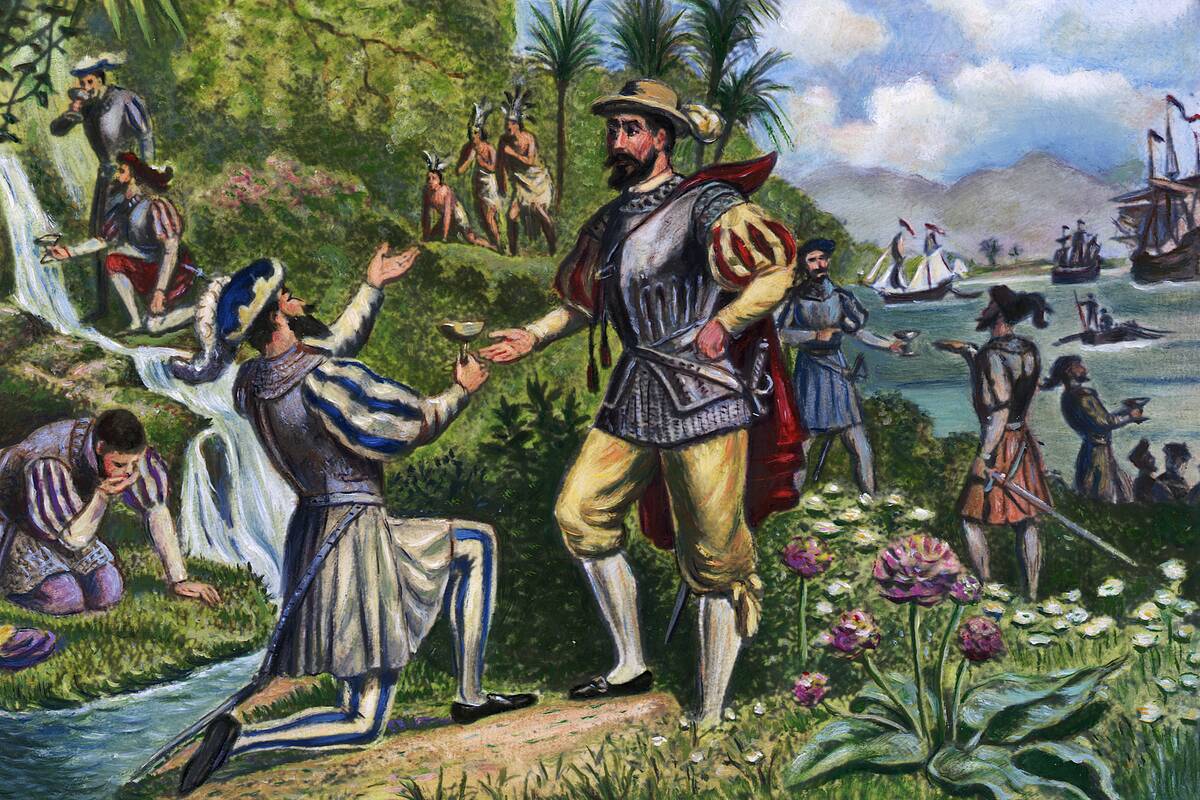
The Fountain of Youth is a legendary spring that supposedly restores youth to those who drink from it. The myth gained popularity with tales of Spanish explorer Ponce de León searching for it in Florida. However, there’s no evidence he ever sought such a fountain; his expeditions were primarily for colonization.
Despite this, the legend persists, illustrating how myths can evolve from historical misinterpretations into captivating stories of eternal youth.
The True Facts Behind Robin Hood’s Adventures

Robin Hood, the heroic outlaw of Sherwood Forest, has captivated audiences for centuries. While many tales speak of his adventures, historical evidence of Robin Hood is scarce. Some historians believe he was inspired by multiple medieval outlaws.
The stories reflect societal tensions and the ideal of justice for the oppressed, making Robin Hood an enduring symbol of resistance against tyranny, even if his existence remains shrouded in myth.
The Historical Reality of the Trojan Horse
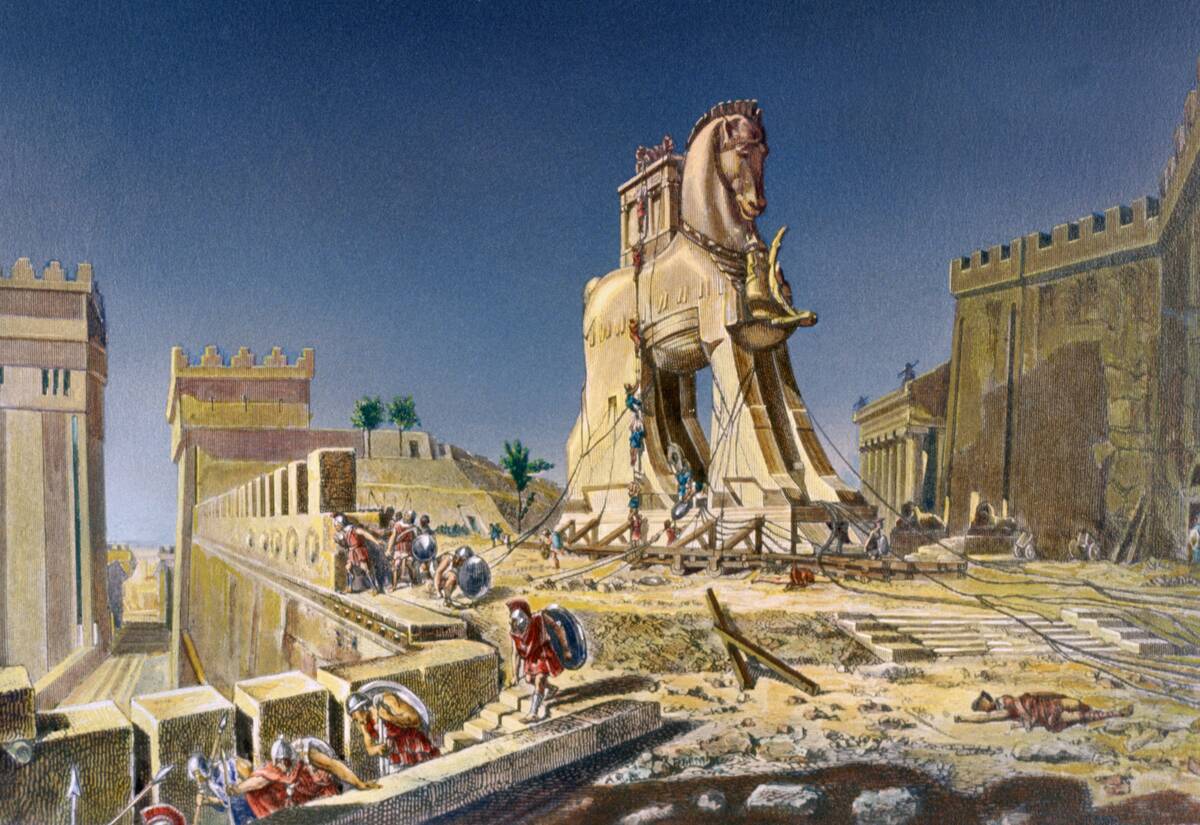
The Trojan Horse, a cunning Greek ploy to infiltrate Troy, is one of history’s most famous stories. While the wooden horse itself may be mythical, archaeological evidence supports a conflict between Greeks and Trojans.
Some historians suggest the horse symbolizes a siege engine or a natural disaster. This tale exemplifies how myths can encapsulate historical events, transforming them into timeless narratives of strategy and deception.
The Truth About the Loch Ness Monster

The Loch Ness Monster, affectionately known as “Nessie,” is a creature said to inhabit Scotland’s Loch Ness. Despite numerous sightings and photographs, scientific evidence of Nessie’s existence is lacking. Many explanations suggest misidentified animals or hoaxes.
Yet, the legend persists, fueled by the mystery of the deep lake and human fascination with the unknown. Nessie symbolizes the enduring power of folklore in capturing the imagination across generations.
The Actual Origins of the Bermuda Triangle Mysteries

The Bermuda Triangle, an area in the North Atlantic Ocean, is famed for mysterious disappearances of ships and planes. While many attribute these incidents to supernatural forces, scientific explanations point to natural phenomena like strong currents and weather patterns.
The legend gained traction through media sensationalism, yet the truth often lies in environmental factors. This story shows how myths can emerge from misunderstood realities, feeding into the human penchant for mystery.
The Viking Myth of the Horned Helmets

Contrary to popular belief, Viking helmets did not have horns. This myth likely originated from 19th-century theatrical depictions rather than historical evidence. Archaeological findings show that Viking helmets were simple and practical for battle.
The horned image persists in popular culture, perhaps because it evokes a fierce, warrior-like persona. This illustrates how artistic interpretations can transform historical inaccuracies into widely accepted myths.
The Historical Context of Vlad the Impaler and Dracula
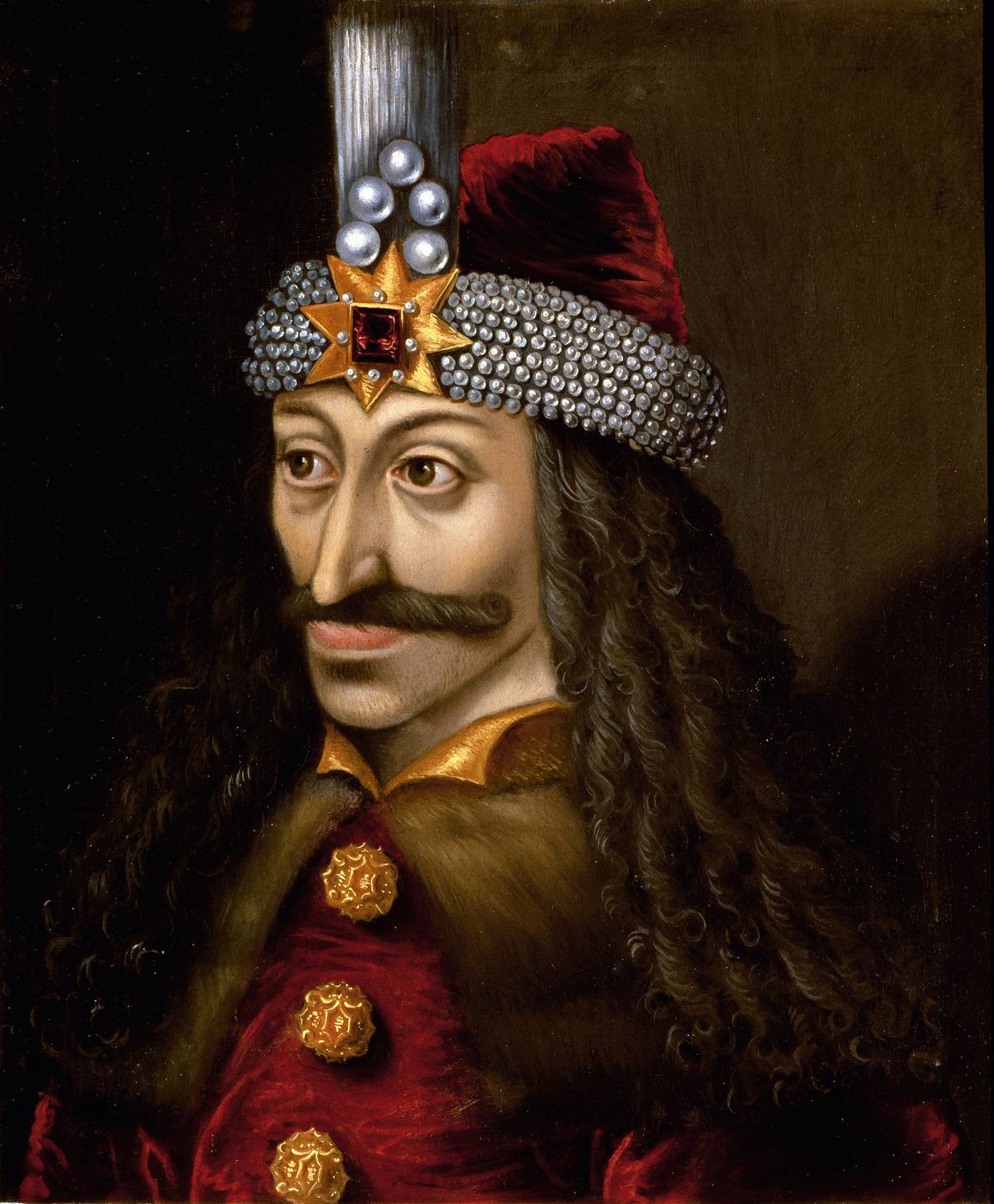
Vlad the Impaler, a 15th-century ruler of Wallachia, is often linked to Bram Stoker’s fictional Dracula. Known for his brutal methods, Vlad’s reputation as a fearsome leader inspired the vampire legend.
While Dracula is purely fictional, Vlad’s historical existence and his infamous legacy of impaling enemies are well-documented. This blend of fact and fiction highlights how real events can inspire stories that evolve into cultural phenomena.
The Story of Mulan: From Legend to Real Heroine

Mulan, the legendary Chinese warrior, is celebrated for her bravery in ancient ballads. These stories tell of a woman who disguised herself as a man to take her father’s place in battle.
While Mulan’s historicity is debated, she embodies cultural ideals of honor and courage. Her tale has been immortalized in literature and film, showing how legends can inspire generations and transcend cultural boundaries, becoming symbols of empowerment.
The Truth Behind the Salem Witch Trials

The Salem Witch Trials of 1692 were a dark period in American colonial history, fueled by mass hysteria and fear. Twenty people were executed as a result of these trials, driven by superstition and social tensions.
While the events are often shrouded in myth, historical records paint a picture of paranoia and injustice. The trials serve as a cautionary tale about the dangers of scapegoating and the fragility of due process under societal pressures.
The Real Events Inspiring the Tale of the Pied Piper
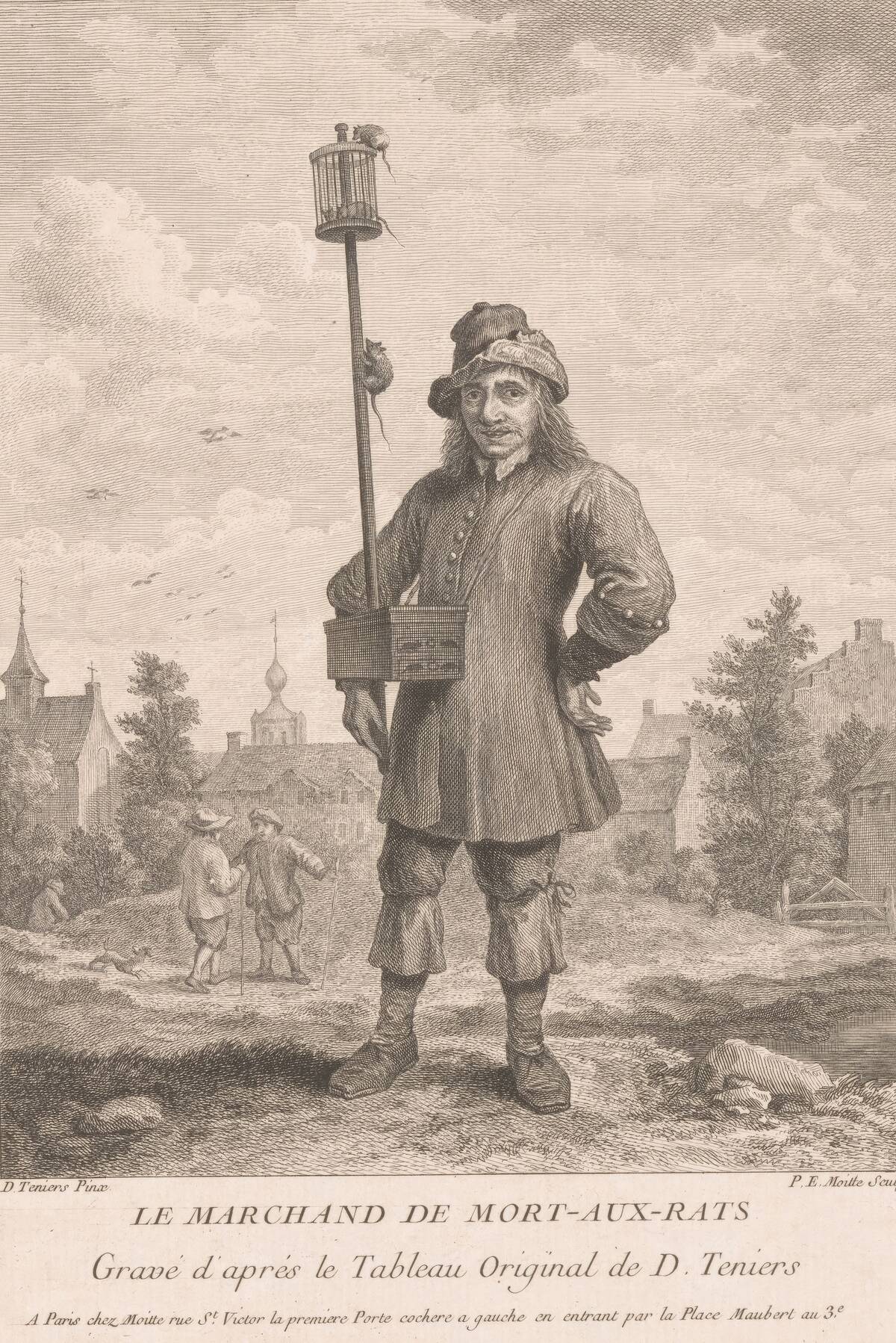
The Pied Piper of Hamelin is a folklore tale about a mysterious piper who led away the town’s children. This story may have roots in historical events from the 13th century, possibly linked to mass emigration or tragic events.
Historical records from Hamelin mention a piper and missing children, suggesting a basis in fact. The legend reflects societal fears and the consequences of broken promises, enduring as a metaphor for unfulfilled obligations.




